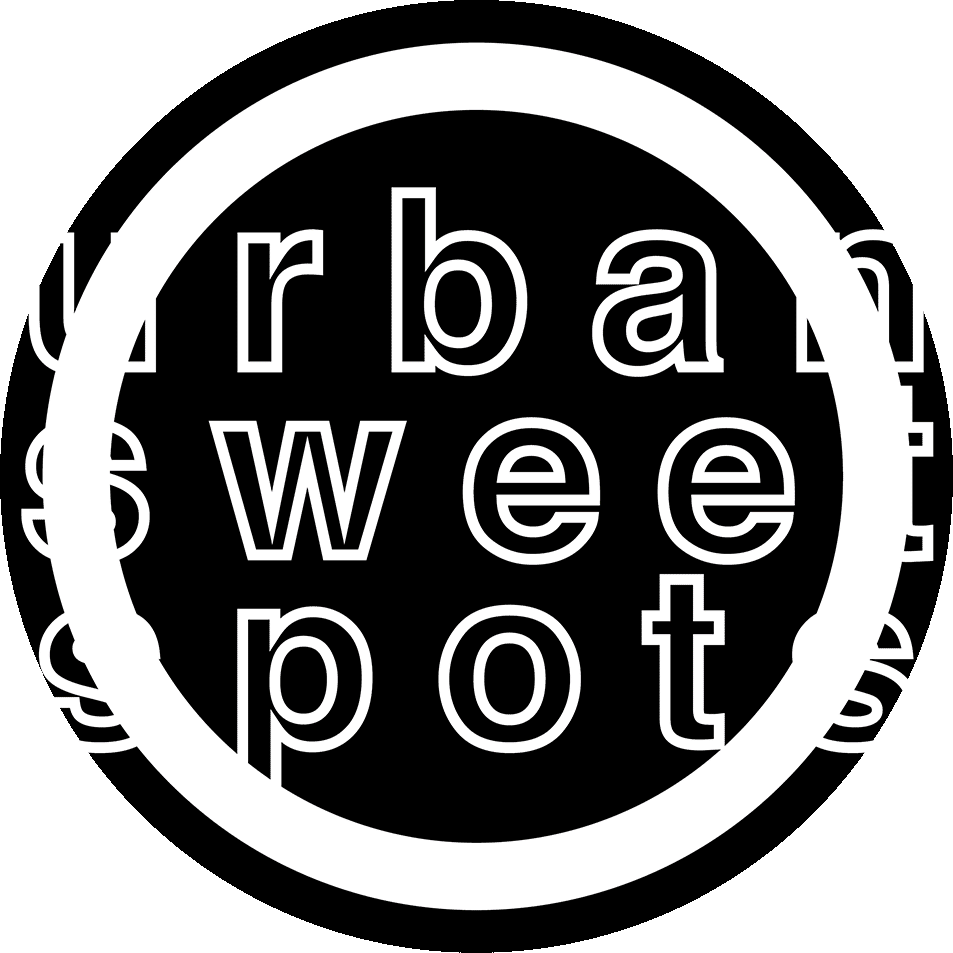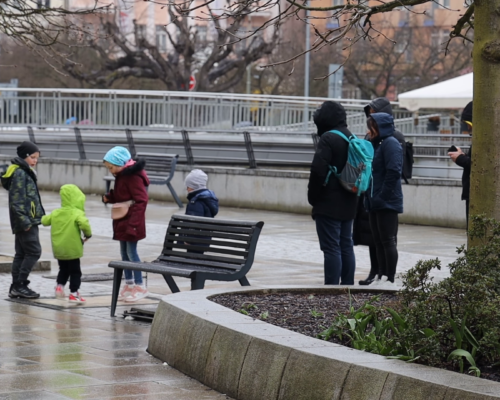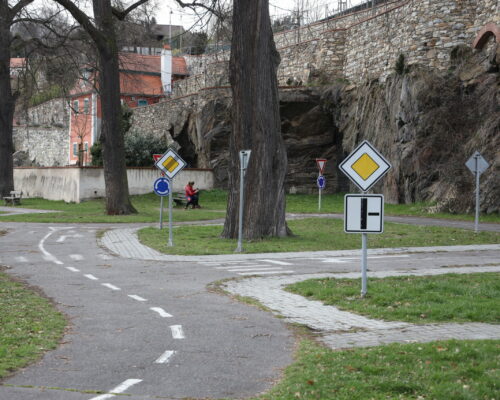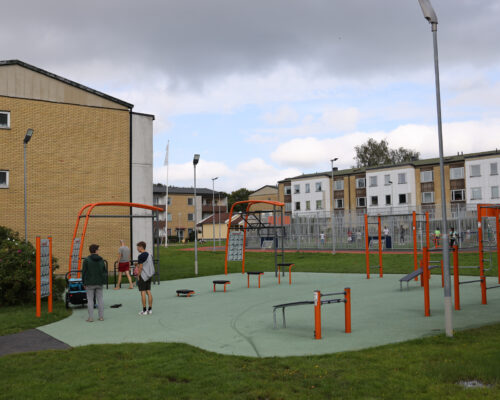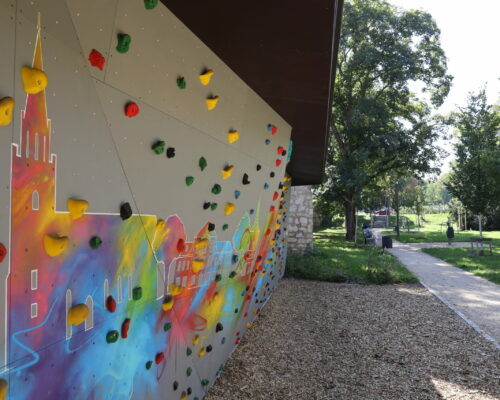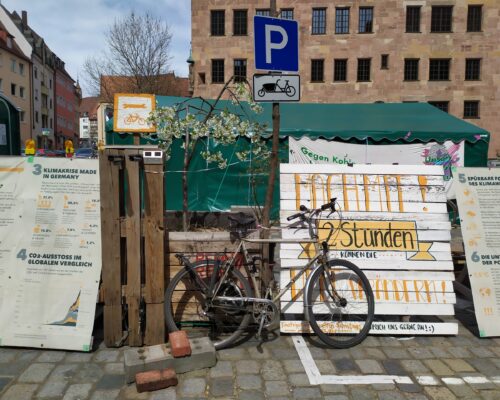Public Juke Boxes
Nowadays, music is available on streaming platforms almost at all times and it is accessible almost everywhere. This is certainly a great luxury which allows access to a wide audience, but can sometimes let us forget that most music is or was connected to places. This includes the locations where it was composed or performed. Think, for instance, of Gregorio Allegri’s “Miserere mei, Deus”, which was composed for the exclusive use in the Sistine Chapel during Holy Week liturgy and the myth says that decades had passed before it was performed outside that chapel for the first time.
One way to point out the connection between music and place can be through a publicly situated “juke box” that plays a number of pieces related to this location. An example of such kind of juke boxes can be found in Arnstadt and Weimar, Germany, where Johann Sebastian Bach used to work and compose. After tapping a pedal, these juke boxes play music composed by Bach during the time he was living there, alongside some additional information the composer’s life and the historical background. Furthermore, these juke boxes inform passers-by about a connected “Bach biking route” leading through several cities Bach has been living in, inviting tourists interested in music to also visit the surrounding places and historic sites, thus promoting bike tourism.
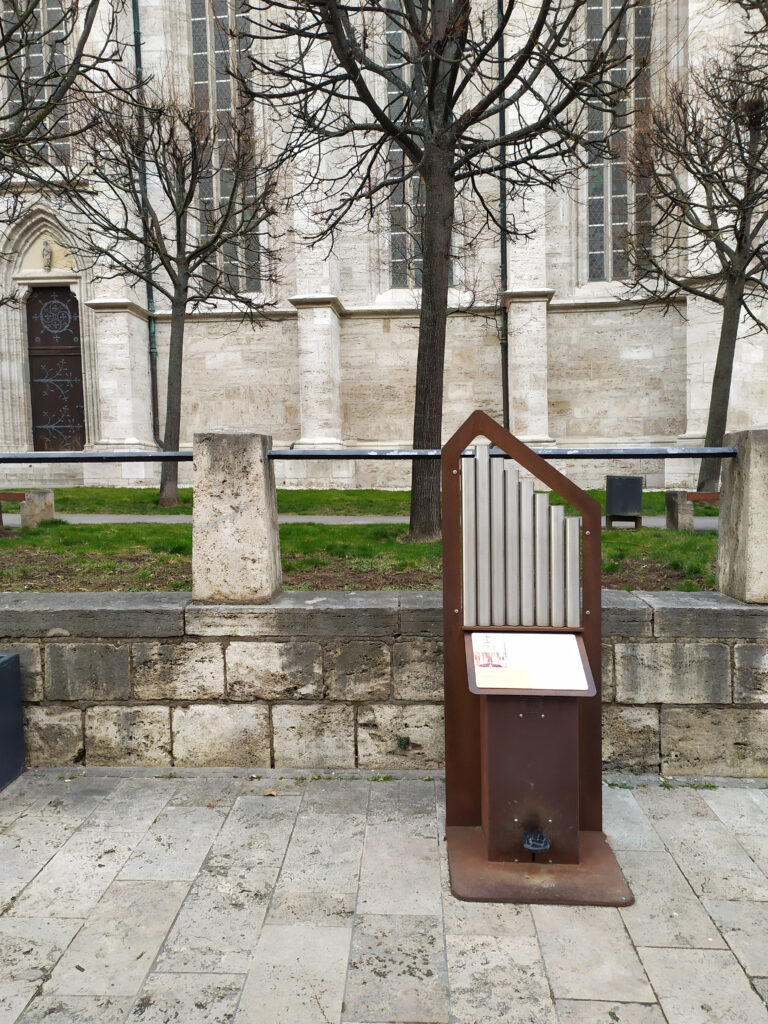



What about designing these juke boxes in an even more creative way? For instance, in the shape of a bike that you have to sit on and pedal in order for it to play music? Or in the shape of multiple bikes each playing one single voice, so you can actually make music together? There seems to be an endless number of ways one could think of to further improve this concept…
